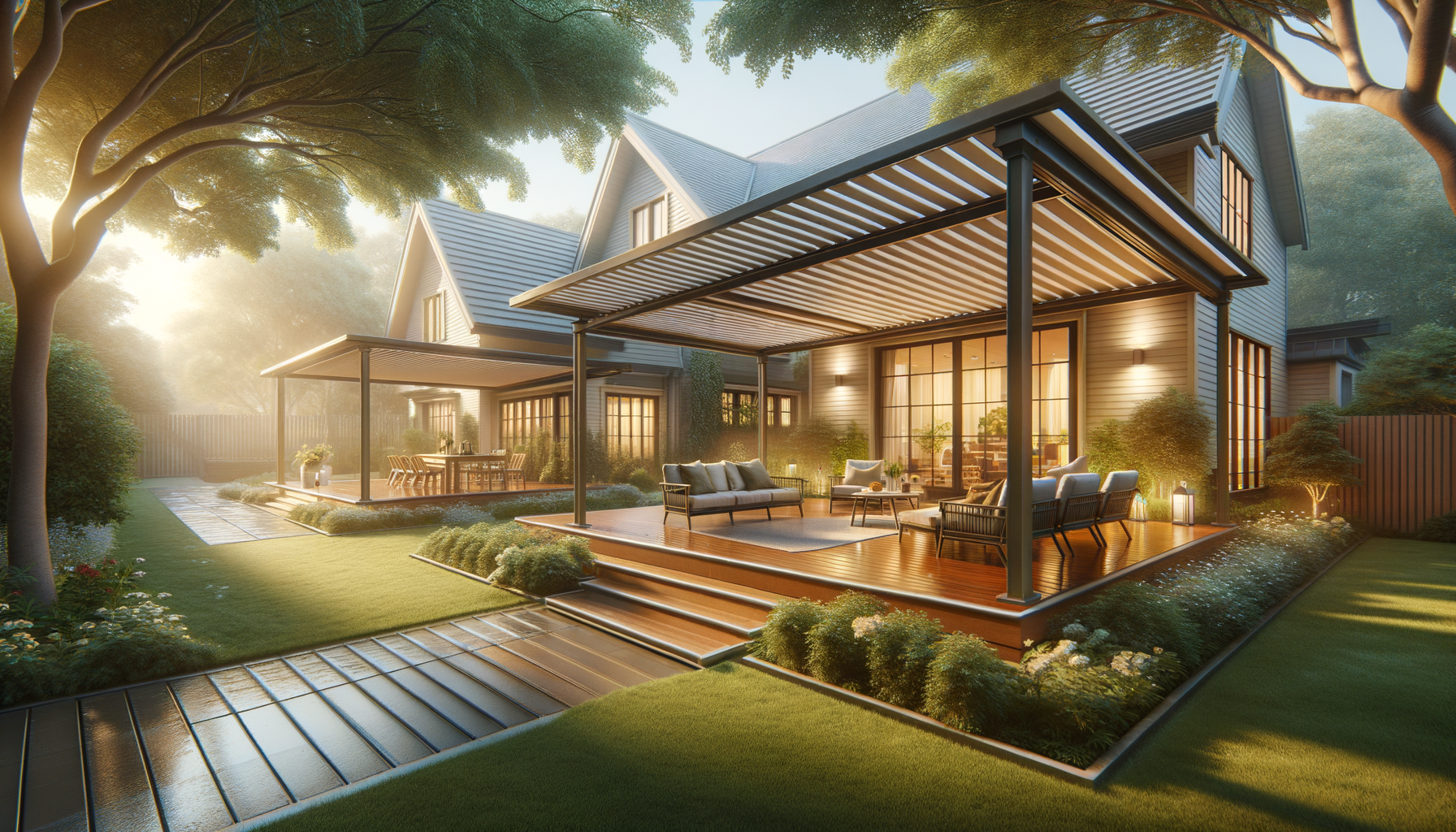
Harnessing the Dual Functionality and Aesthetics of Awnings and Overhangs
Introduction to Awnings and Overhangs
Awnings and overhangs have long been integral components of architectural design, offering both aesthetic appeal and functional benefits. These structures extend from the exterior of buildings, providing shade and protection from the elements. Whether used in residential or commercial settings, awnings and overhangs enhance the visual appeal while serving practical purposes. In this article, we delve into the dual benefits of these architectural features, exploring how they contribute to energy efficiency, comfort, and style.
Energy Efficiency and Cost Savings
One of the primary advantages of awnings and overhangs is their ability to improve energy efficiency. By providing shade, these structures reduce the amount of direct sunlight entering a building, which can significantly decrease cooling costs during hot months. According to the U.S. Department of Energy, awnings can reduce solar heat gain by up to 65% on south-facing windows and 77% on west-facing windows.
Moreover, the strategic use of overhangs can optimize natural light, reducing the need for artificial lighting and further cutting energy expenses. This not only translates to cost savings but also contributes to a building’s sustainability by lowering its carbon footprint. In regions with extreme temperatures, the energy-saving benefits of awnings and overhangs become even more pronounced, making them a wise investment for environmentally conscious homeowners and businesses.
In summary, the installation of awnings and overhangs can lead to substantial energy savings, making them a practical choice for those looking to reduce their utility bills while enhancing their property’s environmental sustainability.
Enhanced Comfort and Protection
Beyond energy savings, awnings and overhangs offer enhanced comfort and protection from the elements. By blocking harsh sunlight, they create cooler, more comfortable indoor environments. This is particularly beneficial in areas with intense sun exposure, where excessive heat can make interiors uncomfortable and increase reliance on air conditioning.
Awnings and overhangs also provide protection from rain, allowing for the enjoyment of outdoor spaces even during inclement weather. This feature is especially valuable for businesses such as cafes and restaurants, where outdoor seating can be a significant draw. Additionally, these structures can shield windows and doors from rain, reducing the risk of water damage and extending the lifespan of exterior finishes.
Overall, the comfort and protection afforded by awnings and overhangs make them essential components for enhancing the usability and enjoyment of both indoor and outdoor spaces.
Aesthetic Appeal and Design Versatility
Awnings and overhangs are not just functional; they also offer considerable aesthetic appeal. Available in a wide range of materials, colors, and styles, these structures can complement any architectural design. Whether opting for a classic canvas awning or a modern metal overhang, the possibilities are nearly endless.
For residential properties, awnings can add a touch of elegance to windows and doors, enhancing the home’s curb appeal. In commercial settings, they can serve as eye-catching signage, drawing attention to business names and logos. The design versatility of awnings and overhangs allows property owners to express their personal style while adding value to their buildings.
Furthermore, advancements in materials and technology have led to the development of retractable awnings, providing flexibility in usage. These can be extended or retracted as needed, offering control over the amount of shade and protection, and adapting to changing weather conditions.
In conclusion, the aesthetic and design flexibility of awnings and overhangs make them a valuable addition to any property, allowing for both personal expression and functional enhancement.
Conclusion: The Multifaceted Benefits of Awnings and Overhangs
In conclusion, awnings and overhangs offer a multitude of benefits that make them a worthwhile investment for both residential and commercial properties. Their ability to improve energy efficiency, provide comfort and protection, and enhance aesthetic appeal underscores their versatility and value. As we continue to seek sustainable and stylish architectural solutions, these structures stand out as practical choices that meet both functional and design needs.
For property owners looking to enhance their buildings, awnings and overhangs present an opportunity to achieve multiple goals simultaneously. By investing in these features, one can enjoy reduced energy costs, increased comfort, and a visually appealing property, all while contributing to environmental sustainability.

